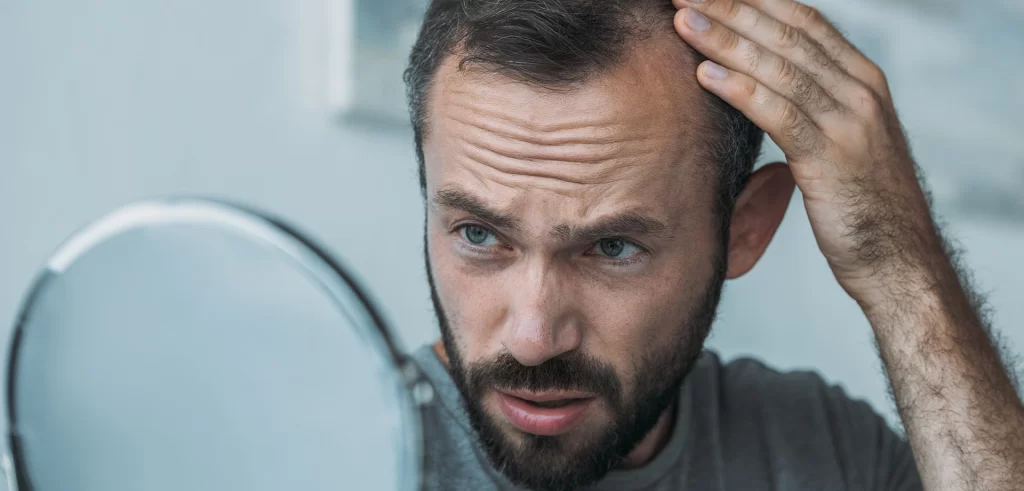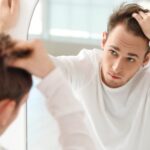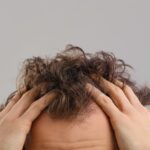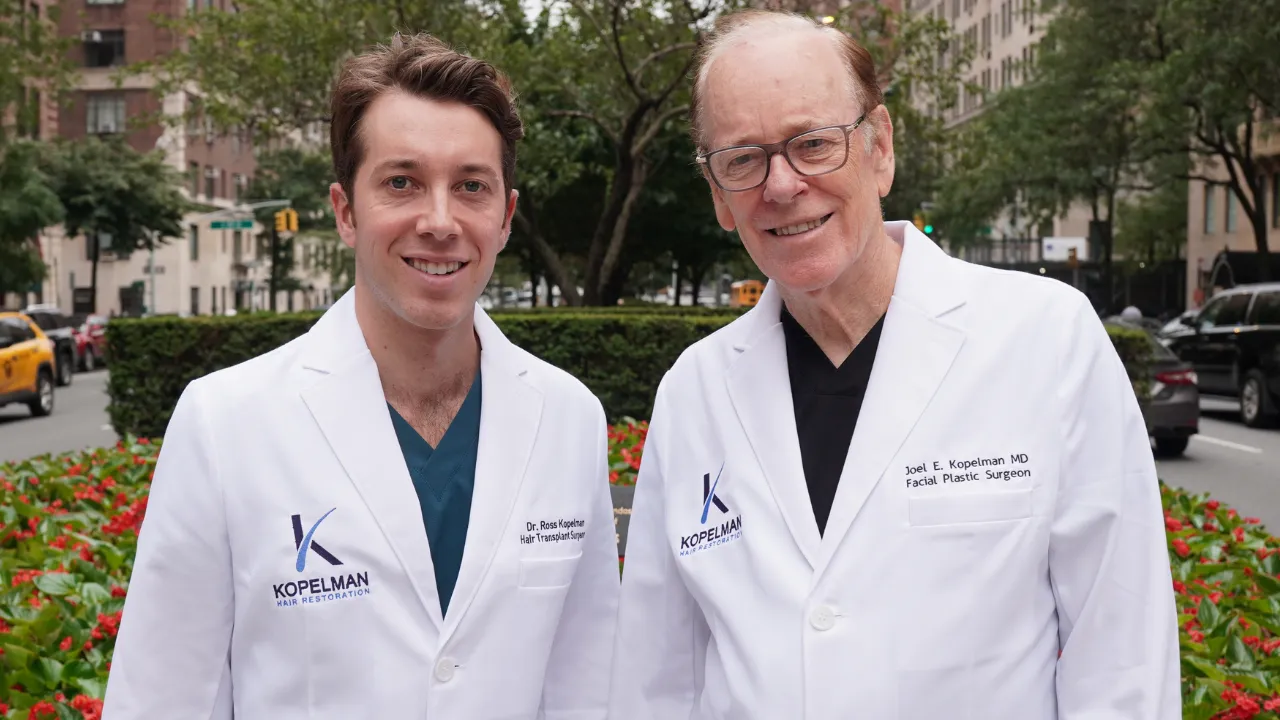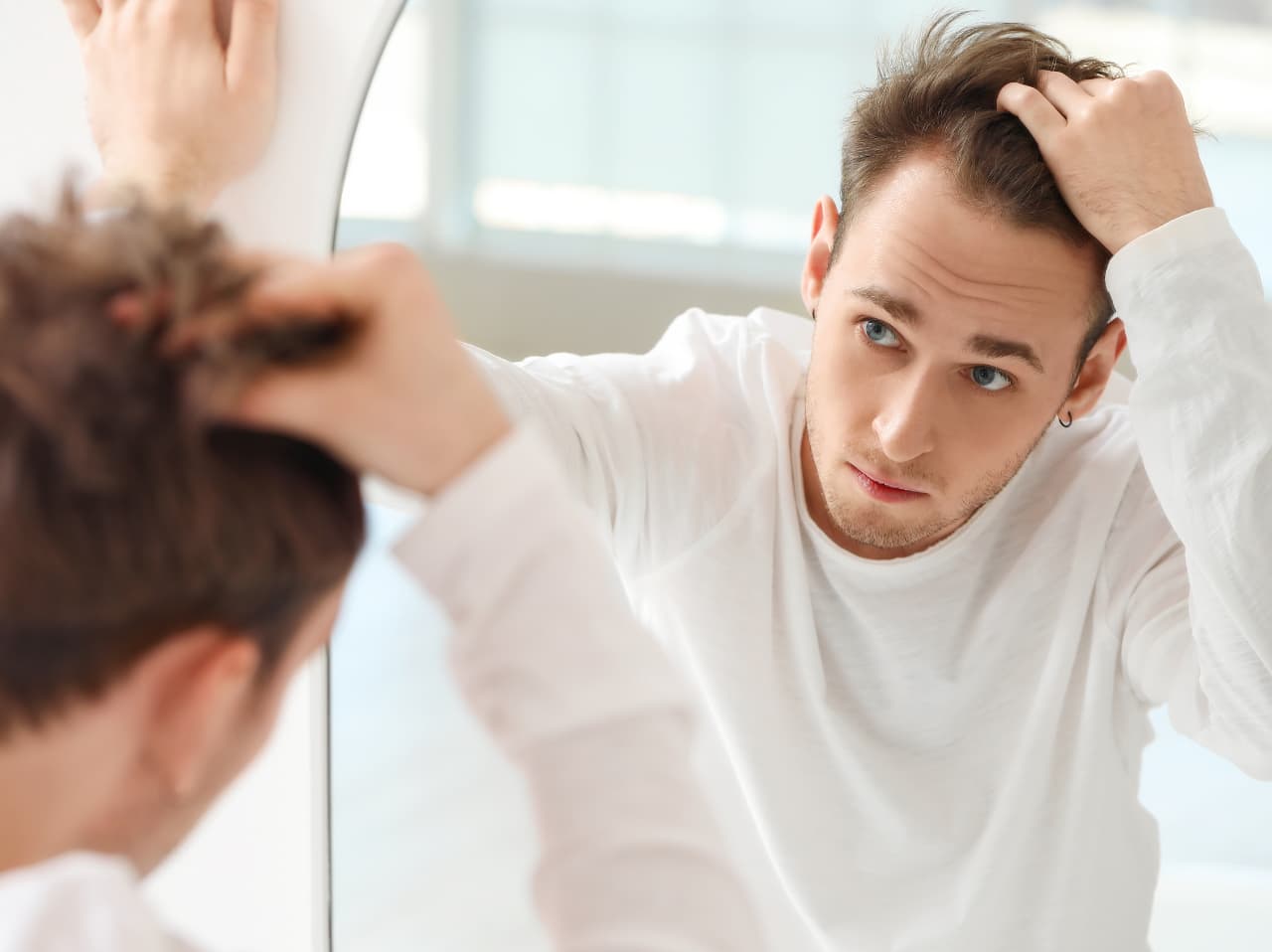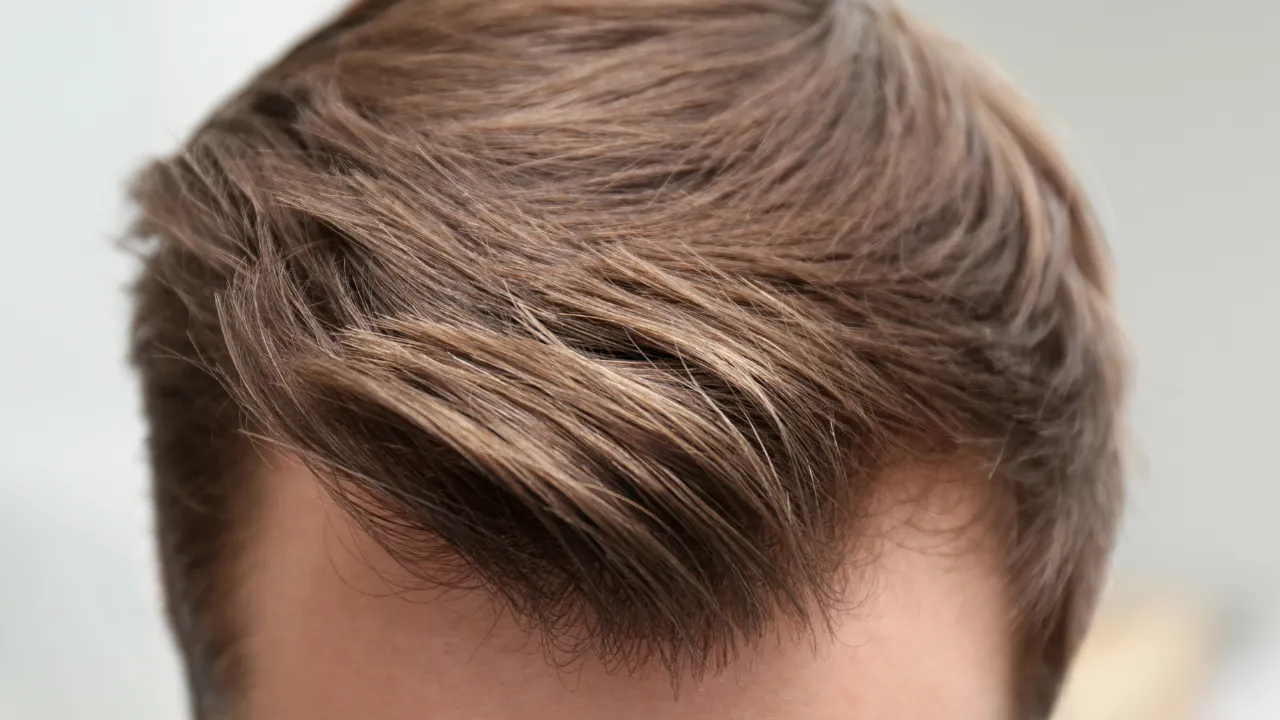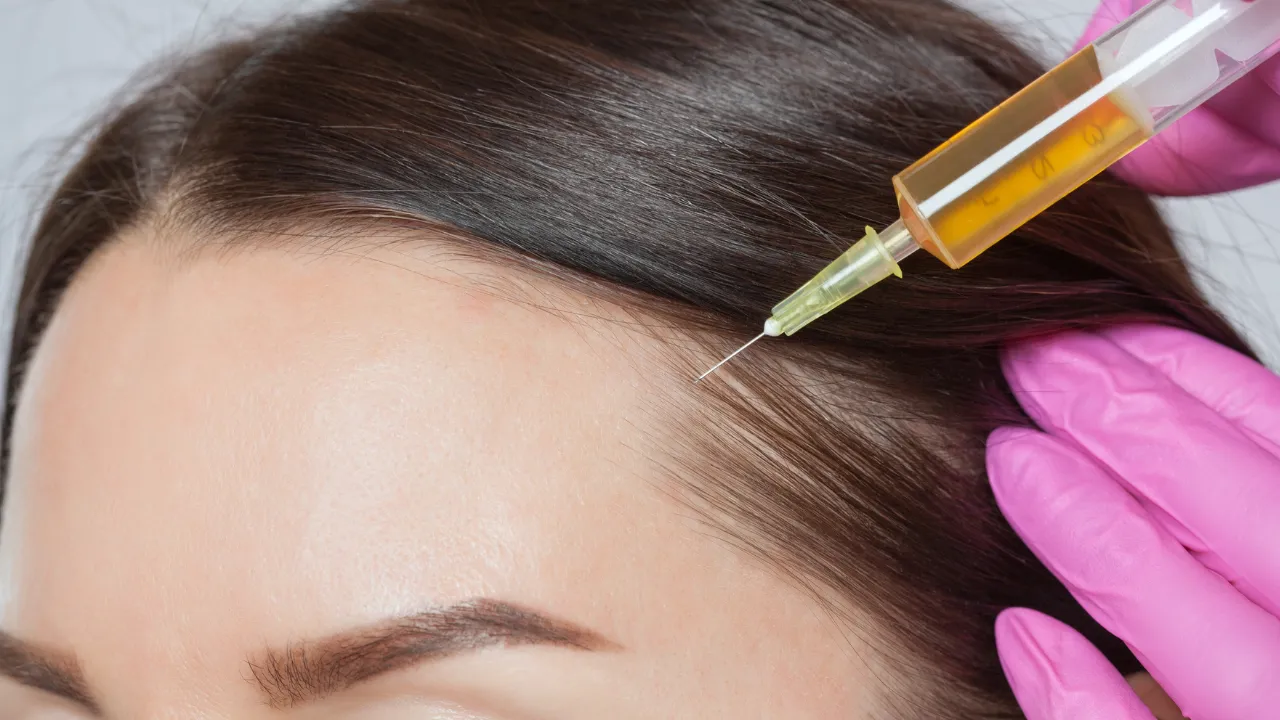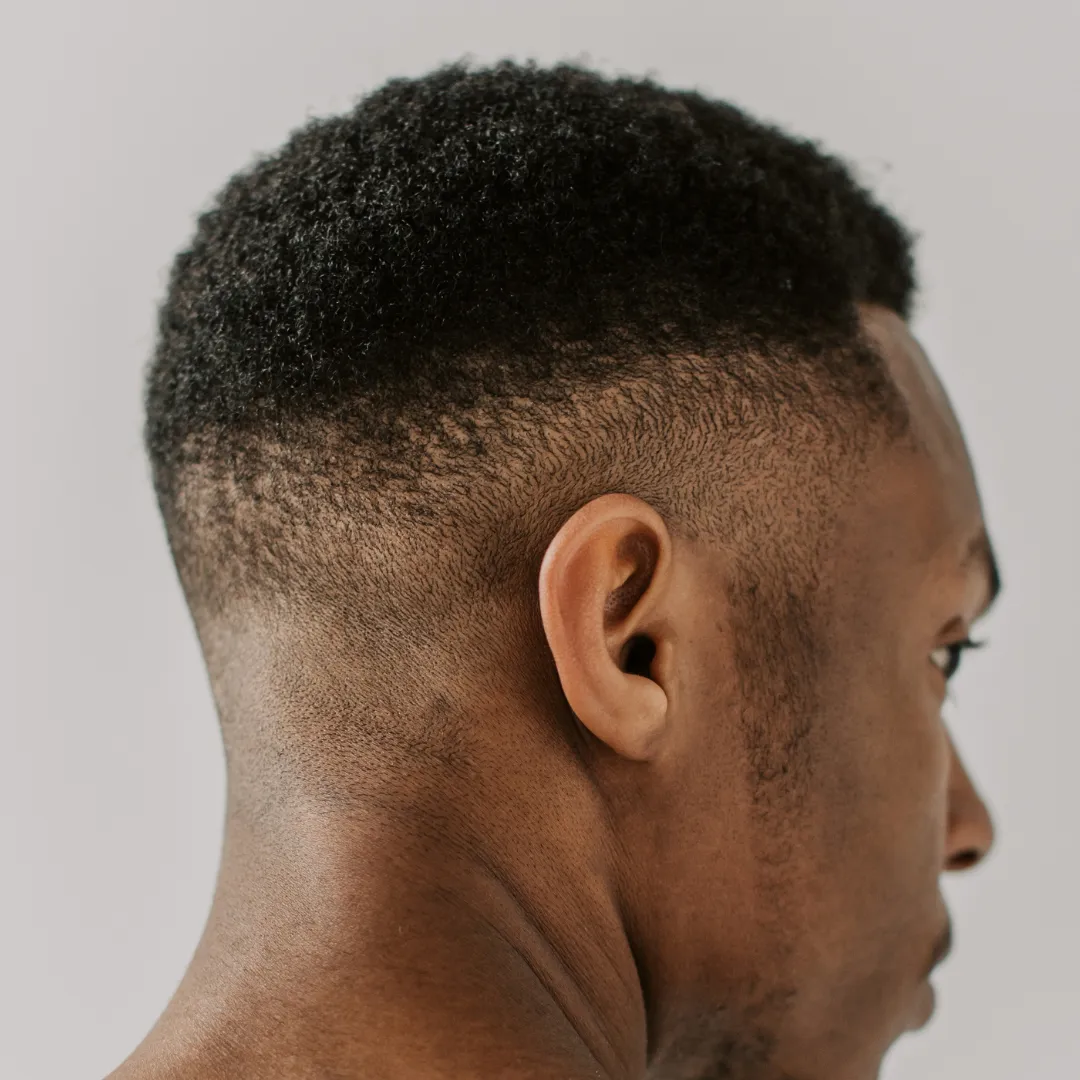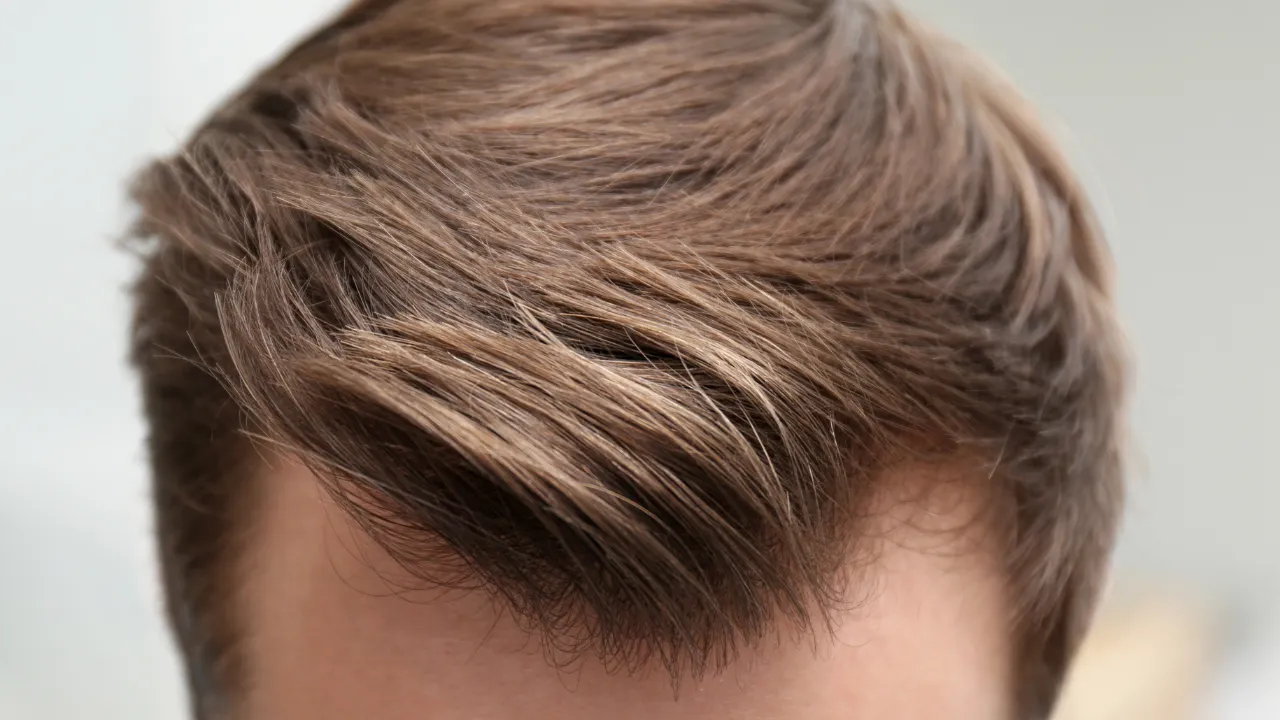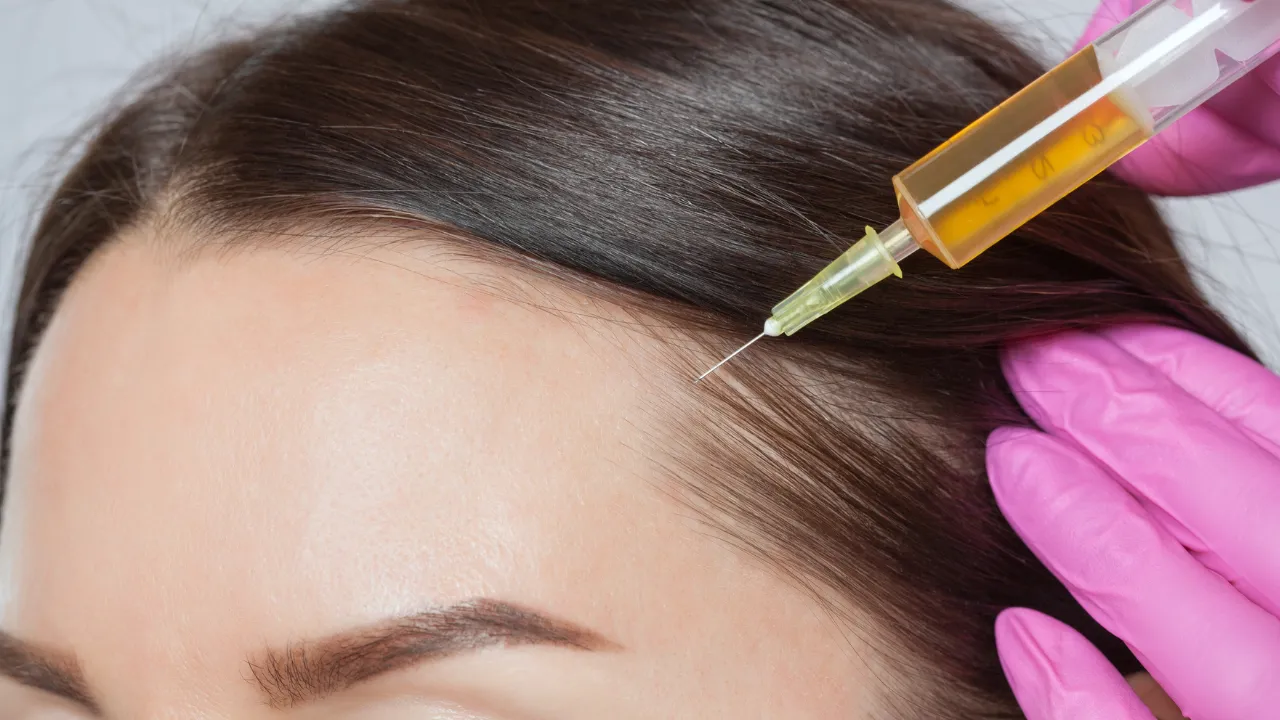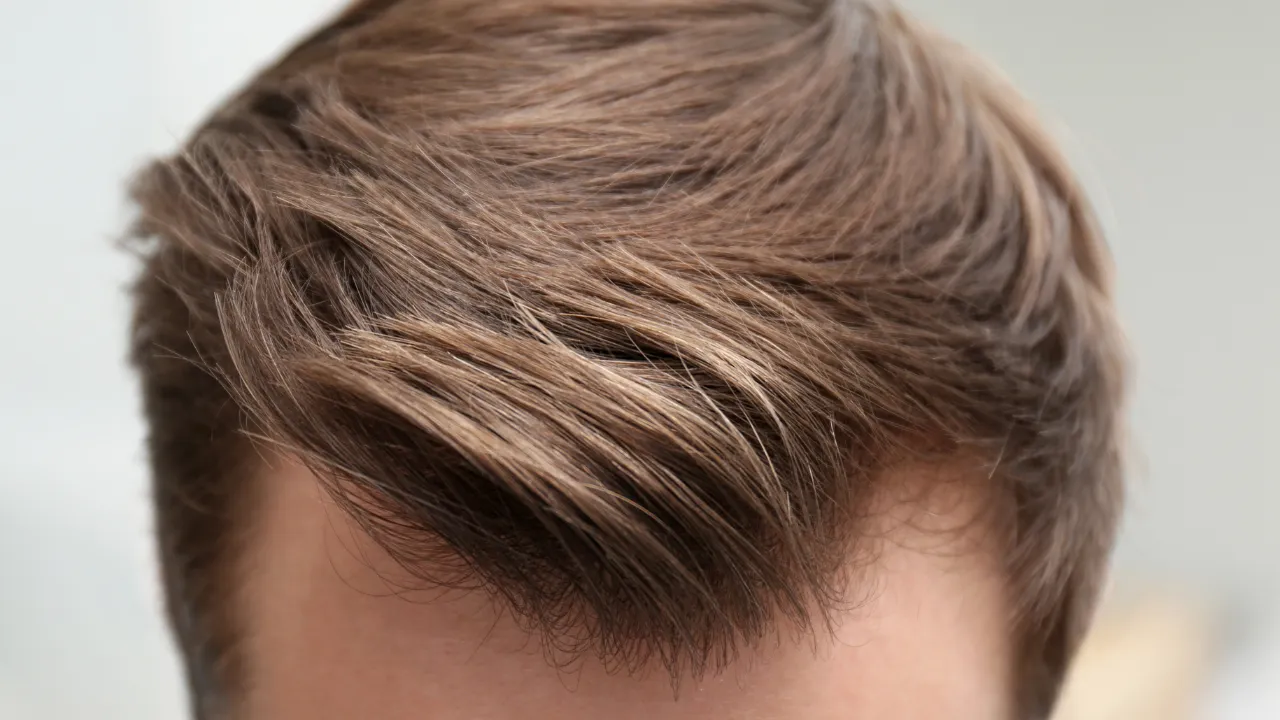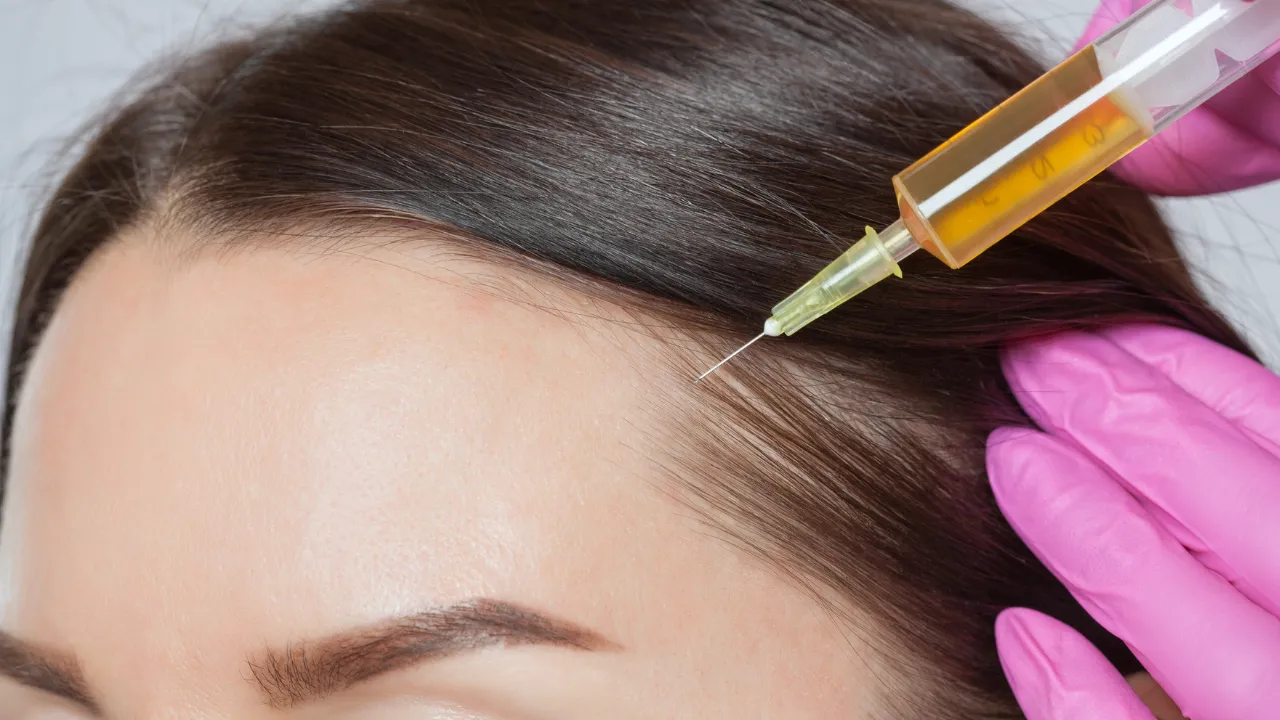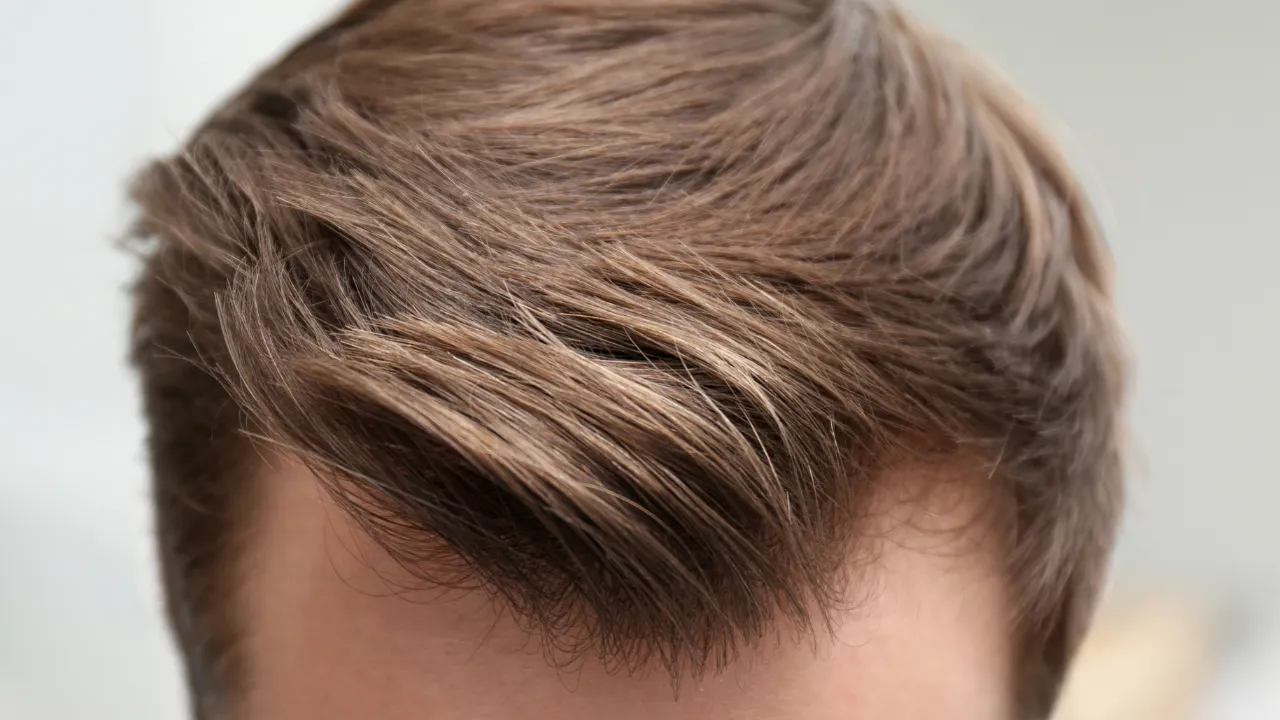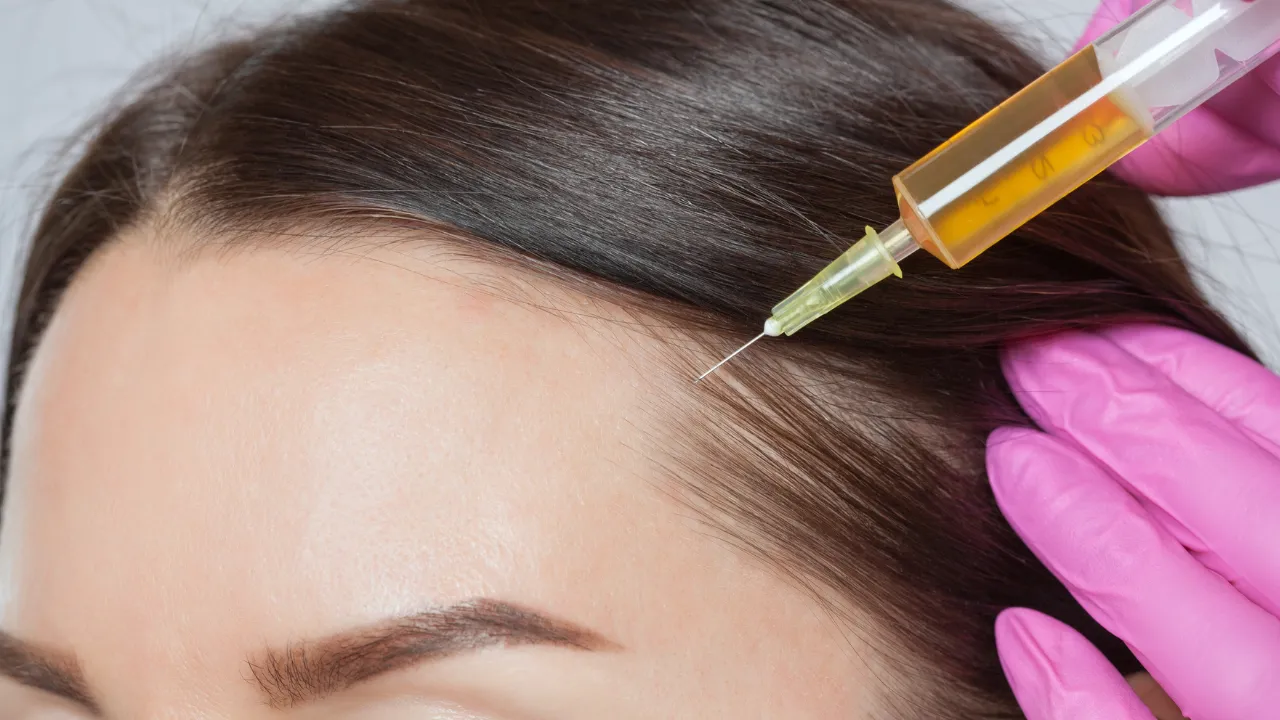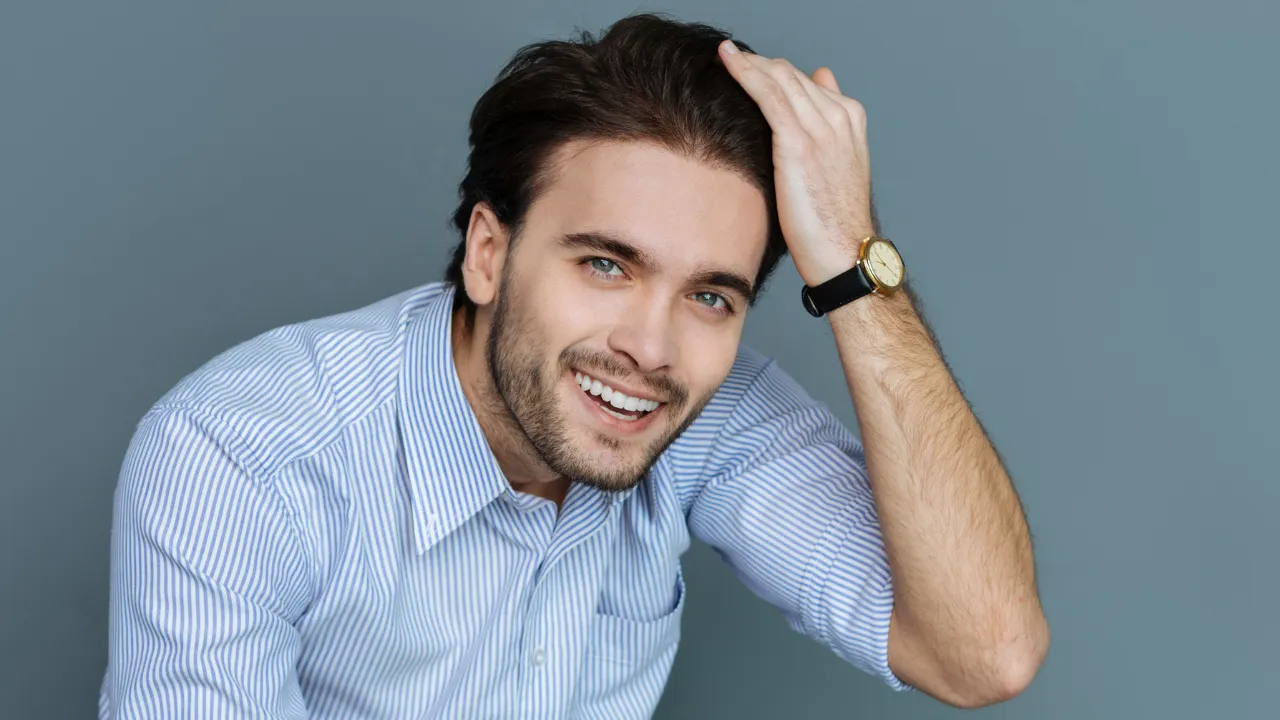Table of Contents
ToggleBalding on one side often leaves people searching for answers and solutions. At Kopelman Hair, we specialize in diagnosing and treating one-sided hair loss to help restore balance and confidence. Our team, led by Dr. Kopelman, combines advanced hair restoration techniques with personalized care to effectively address hair loss on one side of the head.
Key Takeaways
- Balding from one side may result from medical conditions like androgenetic alopecia or telogen effluvium, or from physical habits and stress.
- A professional evaluation identifies the type of hair loss and recommends the most suitable treatment options.
- Solutions include medical treatments, hair transplants, and styling strategies to manage thinning hair and support hair regrowth.
- Emotional support and specialist guidance help people manage both the physical and emotional impact of one-sided hair loss.
Why Does Hair Thin or Bald on One Side?
Experiencing balding on one side can feel alarming. Many wonder, Why is my hair thinning on one side? Several reasons could be responsible, ranging from medical conditions to daily habits. Identifying the true cause helps choose the right treatment for one-sided hair loss.
Different types of hair loss can result in one-sided thinning, making an accurate diagnosis crucial for effective treatment. Dr. Kopelman explains that understanding your specific diagnosis is key to selecting effective treatment options for balding from one side.
Let’s look at common reasons this happens.
Medical Reasons for One Sided Hair Loss
Certain medical conditions can trigger hair loss on one side of the head. Examples include:
- Alopecia Areata: An autoimmune disorder that can cause patchy hair loss, sometimes affecting only one side.
- Scarring Alopecia: Conditions like lichen planopilaris can damage hair follicles permanently.
- Nerve Damage or Injury: Trauma or nerve injury might disrupt hair growth on one side.
Some conditions cause patchy bald spots, while others produce more diffuse thinning across the affected area. Another possible cause is telogen effluvium, where stress or illness prompts hair follicles to enter a resting phase, often more noticeably on one side.
These issues often require diagnosis from a specialist like Dr. Kopelman, who brings decades of experience managing balding on one side of the head.
Hair Thinning on Sides in Women
Women often notice hair thinning on the sides due to specific factors. These include hormonal fluctuations, tight hairstyles, or conditions like traction alopecia. Tight ponytails or braids can pull on the hairline, leading to losing hair on one side of head.
Women facing hair loss on right side of head might link it to consistent styling habits or sleeping positions. Monitoring patterns helps identify and correct these causes early.
Hair Thinning on One Side in Men
Men may see balding on one side as a sign of male pattern baldness. In many cases, this pattern reflects androgenetic alopecia, which can sometimes appear unevenly on the side of the scalp rather than evenly across the top.
Yet, it’s not always genetic. Certain behaviors contribute, such as:
- Sleeping consistently on one side
- Wearing hats that rub a particular area
- Uneven application of hair products
Dr. Kopelman notes that even small habits can result in lost hair on one side of the head. Observing daily routines can help identify triggers.
Balding on One Side of Temple
Balding on one side of the temple often troubles both men and women. It’s noticeable because the hairline frames the face. Causes may include:
- Hair pulling (trichotillomania)
- Localized trauma or surgery
- Early signs of pattern baldness on one side
Addressing temple hair loss quickly increases the chance of regrowth. Seeking professional guidance from hair experts remains essential.
Hair Loss on Right Side in Women
Some women see hair loss focused only on the right side. This pattern can stem from:
- Frequent use of heat tools on one side
- Side-specific hair parting
- Sleep position pressing hair against pillows
If hair loss on one side of the head persists, it’s wise to consult a specialist. Kopelman Hair offers assessments to pinpoint these subtle triggers.
Why Is Only One Corner Balding?
It’s common to notice thinning at one corner of the hairline. Reasons include:
- Early male or female pattern baldness
- Physical stress from hairstyles
- Injury or skin conditions
Spotting one corner balding early improves treatment outcomes. Dr. Kopelman recommends not waiting if changes appear.
Why Hair Grows Only on One Side
Sometimes, hair seems fuller on one side while sparse on the other. This might not be true hair loss but uneven hair growth. Causes include:
- Blood flow differences
- Scalp conditions affecting one area
- Repeated physical friction
This could relate to the natural hair growth cycle, where hairs enter resting or shedding phases unevenly across the scalp. One-sided hair loss versus uneven growth often confuses patients. Accurate diagnosis remains key for correct treatment.
Diagnosing Hair Loss on One Side
Identifying the cause of balding on one side requires careful examination. Self-assessment helps spot early warning signs.
Signs You Shouldn’t Ignore
Watch for these symptoms:
- Sudden patches of hair loss
- Redness, scaling, or soreness
- Changes limited to one side
- Breakage rather than falling hair
Persistent symptoms deserve professional attention. Dr. Kopelman emphasizes early diagnosis to protect existing hair.
Tests Doctors May Use
When patients visit Kopelman Hair, diagnosis might include:
- Scalp Examination: Checks for inflammation, scarring, or infection.
- Trichoscopy: A tool that magnifies hair and follicles.
- Biopsy: Small scalp samples are analyzed under a microscope.
- Blood Tests: Rule out hormonal or autoimmune causes.
Accurate tests guide the right treatment for balding on one side. Dr. Kopelman notes that early intervention increases the chances of successful hair regrowth, especially when caught before permanent damage occurs.
Treatments for Balding on One Side
Treating one-sided hair loss depends on its cause. Options range from medical treatments to lifestyle changes.
Choosing the right hair loss treatment helps target the specific factors causing uneven thinning.
Medical Treatments for One Sided Hair Loss
Doctors often recommend:
- Topical Minoxidil: Helps stimulate hair growth.
- Steroid Injections: Effective for Alopecia Areata.
- Prescription Medication: Finasteride may help men with genetic loss.
Kopelman Hair tailors treatments for individual patients, ensuring safety and effectiveness.
Hair Transplant Options
When hair doesn’t regrow, hair transplants become a reliable choice. Dr. Kopelman, renowned for precision in hair restoration, offers solutions for balding on one side. Benefits include:
- Natural-looking hairlines
- Targeted restoration of lost areas
- Minimal downtime with modern methods
Patients experiencing significant balding on one side often regain confidence through transplantation.
What Does Treatment Cost for One-Sided Hair Loss?
Hair restoration costs vary depending on the type of treatment. Topical medications often range from $30 to $60 monthly, while steroid injections cost around $200 to $500 per session. Hair transplants typically range from $3,000 to $10,000, depending on the complexity of the procedure.
Discussing costs with your specialist ensures you find the best solution for your needs and budget.
Lifestyle Changes and Prevention
Simple adjustments may reduce hair loss risk:
- Avoid tight hairstyles pulling on hair
- Change sleep positions regularly
- Limit heat styling tools
- Manage stress through relaxation techniques
Dr. Kopelman advises early intervention if lifestyle changes don’t halt hair thinning.
How to Prevent One-Sided Hair Loss
Dr. Kopelman emphasizes that prevention is just as important as treatment. While not all causes are avoidable, you can reduce risks by:
- Alternating hair part directions every few weeks
- Wearing loose hairstyles
- Protecting hair from heat and harsh chemicals
- Getting regular scalp checks if prone to hair loss
Taking preventive steps early may help avoid permanent loss in one area.
Styling Tips to Conceal Balding
While treating hair loss, styling tricks help cover thinning spots:
- Change the hair part to add volume
- Use lightweight styling products
- Try hair fibers matching natural color
- Choose layered hairstyles for fullness
These techniques are particularly effective for individuals with thinning hair on one side, helping them feel more confident in social situations. Kopelman Hair’s team often guides patients on cosmetic solutions while planning medical treatments.
Emotional Effects of Balding on One Side
Hair loss affects more than appearance—it impacts self-esteem. Balding on one side can feel especially distressing because it changes facial symmetry.
Patients may feel anxious or avoid social situations. Dr. Kopelman stresses that emotional health matters as much as physical treatment. Counseling and patient support can help ease stress during hair restoration journeys.
Frequently Asked Questions About One-Sided Hair Loss
When to See a Hair Loss Specialist
It’s crucial to seek expert help if:
- Hair loss persists beyond a few months
- Scalp shows redness, pain, or sores
- Hair thinning worsens despite home care
- Emotional distress arises from hair loss
Dr. Kopelman and the team at Kopelman Hair combine medical skill with empathy. They diagnose the exact cause of balding from one side and create personalized plans to restore both hair and confidence.
If you’re facing balding from one side, schedule a consultation with Dr. Kopelman at Kopelman Hair for expert care and personalized solutions.


